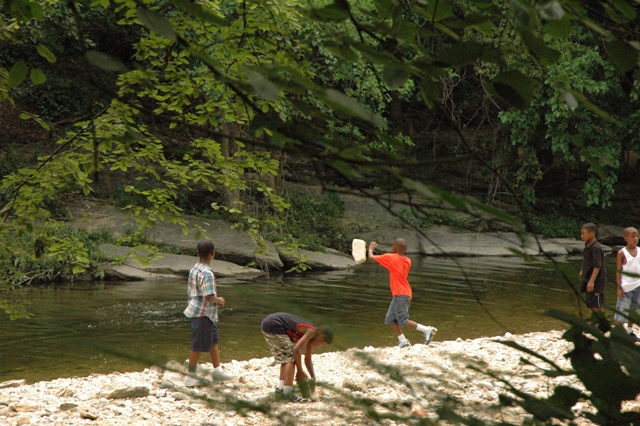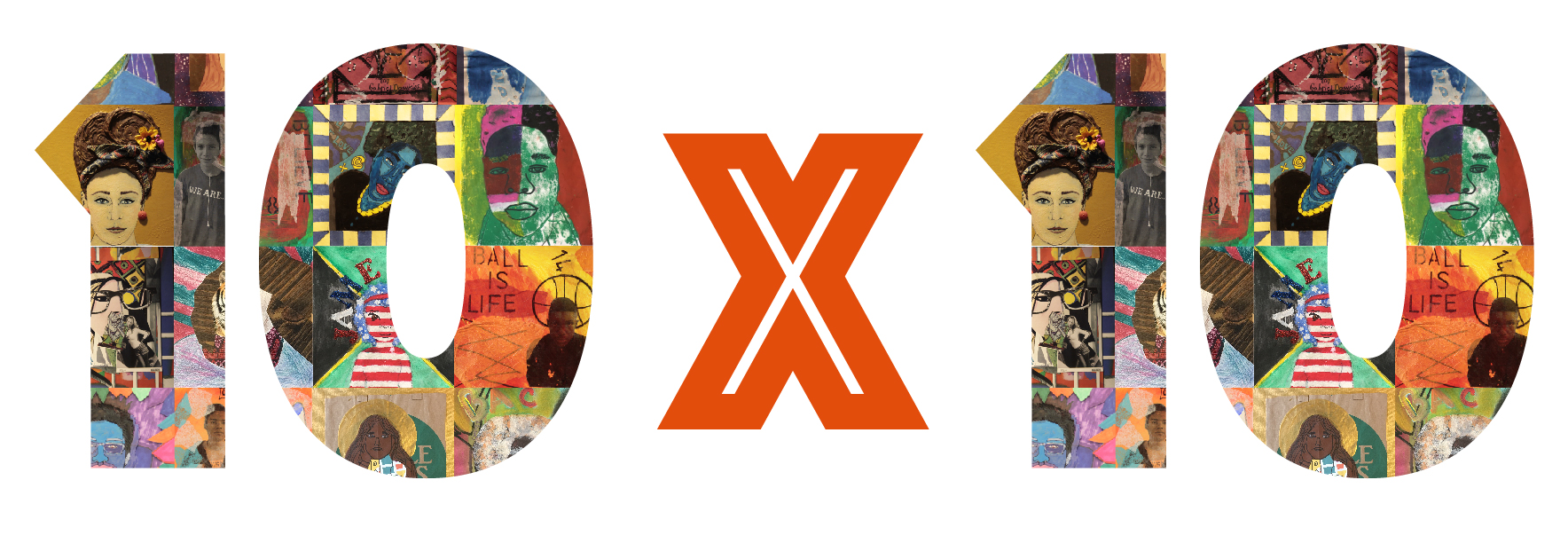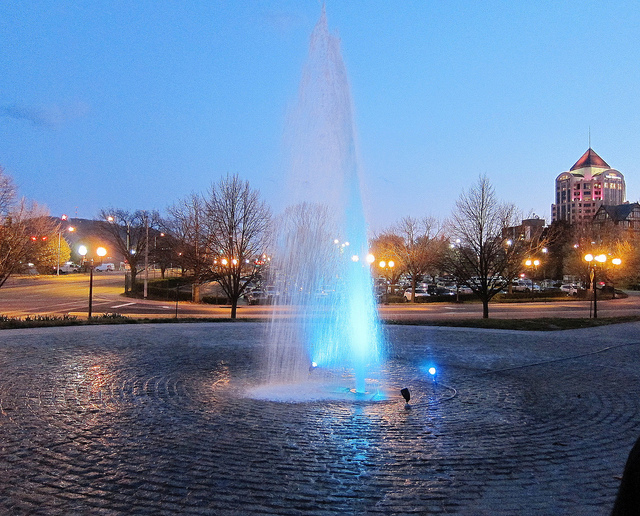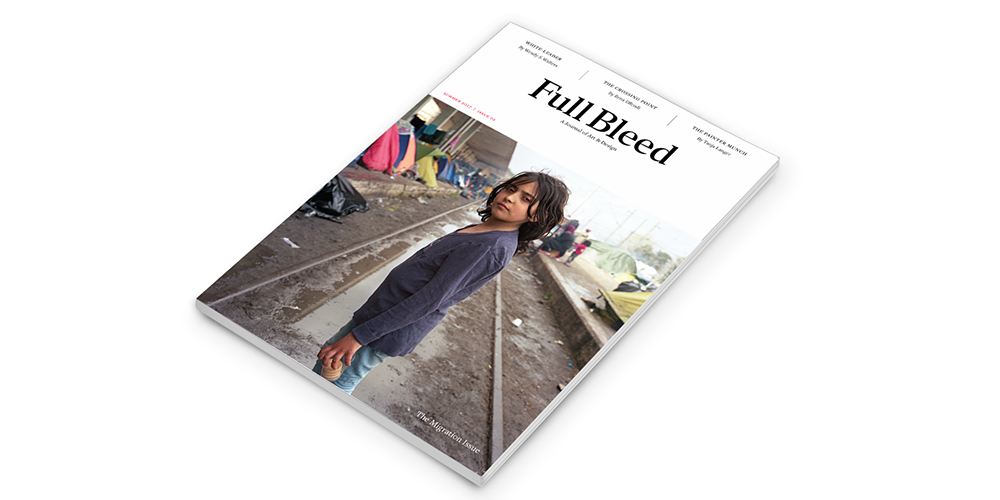Here is some information and Frequently Asked Questions about the Municipal Art Society’s Public Art Prize. Please send any questions you may have that are not answered here to ljoseph@promotionandarts.org
Application Link: https://promotionandarts.submittable.com/submit/59418
Template for the budget form to send with application: Budget Template – 2018 MASOB Public Art Prize
FAQ’s
Who is eligible? Anyone over the age of 18, who lives within 100 miles of Baltimore, Maryland.
Is there an application fee: No.
Can I apply as a group? Yes, but one person will need to be the main contact and to sign the contract should you be awarded the prize.
Who will be deciding the winner of the prize? Board members of the Municipal Art Society
How will the budgets be judged? Before going to the jury, they will be reviewed for feasibility, specifically the amounts entered for rental of equipment, supplies and labor. Artist fees can and should be included but should not exceed 20% of the entire budget.
Where is Herring Run Park?
Herring Run Park is an urban oasis in Northeast Baltimore—375 acres of woodlands that extends 2.3 miles from Morgan State University to I-895. Originally conceived by the Olmsted Brothers in 1904, Herring Run Park was recommended as a stream valley park extension of Montebello Park (today the Lake Montebello recreation area). The land, while not suitable for other development, was seen as a destination for travelers seeking beautiful scenery and hikers seeking rugged terrain closer to the city. The park is defined by the Herring Run, a lovely stream which meanders through it.

A trail currently extends from the Halls Spring Area (Harford Rd & Argonne Dr.) to Sinclair Lane, providing opportunities to walk or bike along the stream bed. A full loop extends from Harford to Belair Road and the trail runs along the South side of the stream from Belair Road to Sinclair Lane. The Herring Run Park Master Plan includes renovation and expansion of the trail including an underpass that will directly connect the Lake Montebello recreation area to Herring Run Park. Multiple side hiking trails are available in the section of the park between Harford and Belair Roads.

The Halls Spring area is the most visited section of the park providing the opportunity for picnicking, enjoying a playground, a basketball half-court and views of the stream from a pedestrian bridge over Herring Run. Father Hooper field (located off Chesterfield Avenue near Harford Road) is the site of numerous ball fields and is often a busy place filled with soccer players and lively games.
In the lower park, playgrounds are located at Brehms Lane and Chesterfield Avenue, and at Parkside Drive near Roberton. A little known section of the park extends behind the Armistead Gardens neighborhood. This wild and largely unmanaged section of the park has an indulating landscape that reflects its former life as a city landfill.

Herring Run Park is a forested treasure in the middle of Baltimore City. Great blue heron and white egret often can be seen fishing in Herring Run. Fox are seen with some frequency and there is a growing population of deer. Herring Run Park provides a marvelous opportunity for city children and adults to experience the natural world.
*******IMPORTANT HERRING RUN PARK UPDATE*******
Hall Spring access to Herring Run Park will be closed starting in mid-septemeber. No vehicular traffic will be allowed into the park at that location. The playground and basketball courts will be out of commission. In preparation for the removal of the Harford Road Bridge, major gas line work needs to be performed. Construction to install the BGE gas line will begin in September . Hall Springs park will be closed starting Mid-September through Winter 2018. Harford Road Bridge construction currently scheduled for January 2018.
What neighborhoods are near the park? Belair-Edision, Arcadia, Mayfield, Belair-Parkside, and Claremont-Freedom all border the park.
Are there other projects tied to Herring Run Park? Yes! The Friends of Herring Run Park (http://thefhrp.org), The Herring Run Park Archeology Project (https://baltimoreheritage.org/project/herring-run-park-archeology), and a Baltimore Heritage history of the park (https://baltimoreheritage.org/project/herring-run-park-archeology/)
Where can projects be proposed for? We are looking to focus on Father Hooper field (located off Chesterfield Avenue near Harford Road), but will be open to other sites throughout the park, except near Hall Springs, which will not be accessible due to construction of the Harford Road bridge.
Is there electricity on site? No, you should budget in the rental of a generator if needed for your project.
How do you define Public Art? We are working from the Americans for the Arts’ definition: “Public art is exactly that, art in public spaces. The term “public art” may conjure images of historic bronze statues of a soldier on horseback in a park. Today, public art can take a wide range of forms, sizes, and scales—and can be temporary or permanent. Public art can include murals, sculpture, memorials, integrated architectural or landscape architectural work, community art, digital new media, and even performances and festivals!”
More information at www.americansforthearts.org/by-topic/public-art
MORE QUESTIONS TO BE ADDED SOON.





